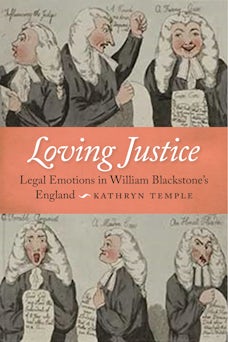Melissa J. Ganz, Associate Professor of English, Marquette University, has published Public Vows: Fictions of Marriage in the English Enlightenment (University of Virginia, 2019). Here is the abstract.

In eighteenth-century England, the institution of marriage became the subject of heated debates, as clerics, jurists, legislators, philosophers, and social observers began rethinking its contractual foundation. Public Vows argues that these debates shaped English fiction in crucial and previously unrecognized ways and that novels, in turn, played a central role in the debates. Like many legal and social thinkers of their day, novelists such as Daniel Defoe, Samuel Richardson, Frances Burney, Eliza Fenwick, and Amelia Opie imagine marriage as a public institution subject to regulation by church and state rather than a private agreement between two free individuals. Through recurring scenes of infidelity, fraud, and coercion as well as experiments with narrative form, these writers show the practical and ethical problems that result when couples attempt to establish and dissolve unions simply by exchanging consent. Even as novelists seek to shore up the legal regulation of marriage, however, they contest the specific forms that these regulations take. In recovering novelists’ engagements with the nuptial controversies of the Enlightenment, Public Vows challenges longstanding accounts of domestic fiction as contributing to sharp divisions between public and private life and as supporting the traditional, patriarchal family. At the same time, the book counters received views of law and literature, highlighting fiction’s often simultaneous affirmations and critiques of legal authority.

Public Vows received the Walker Cowen Memorial Prize, University of Virginia, in 2018.







